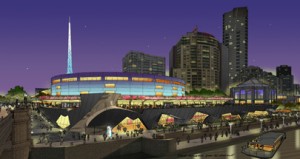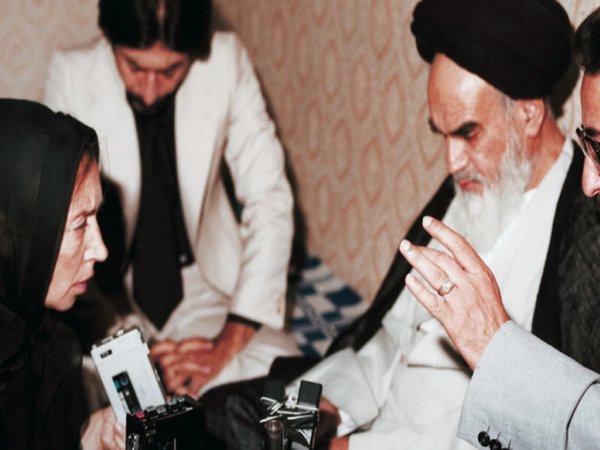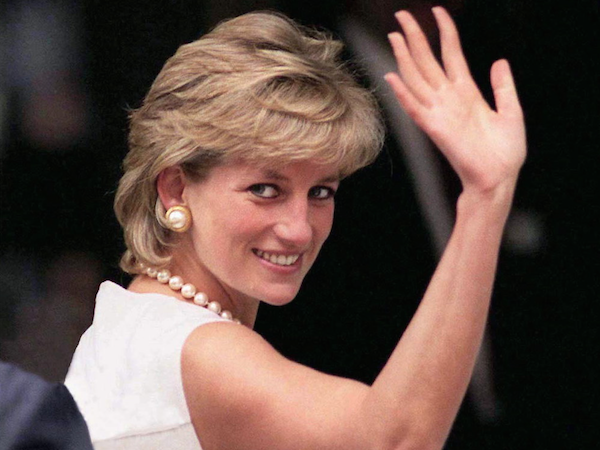
Last weekend, Melbourne’s newly refurbished Hamer Hall was opened to the public after two years of renovations. Thousands of Victorians took the opportunity to walk through the completed reworking of John Truscott’s original design.
The St Kilda Road entrance, now swathed in glass, is as glam as its original iteration but with a stunning twenty-first century makeover. Bars now offer alcohol and coffee at every level and glass cut-outs throughout the foyer levels illuminate the engineering of the bridge whilst habouring magnificent views of the river. As a work of creative architecture and interior design, the new Hamer Hall has been given the thumbs up by both the cognoscenti and the crowds.
With it has come a renewed interest in the man behind the vision, Sir Rupert ‘Dick’ Hamer. Hamer was the Premier of Victoria from 1972-1981 and is described in The Age as a ‘forward thinker who saw the arts as a vital activity to human society, and wanted Melbourne to have the best of them’.
The arts precinct, including the National Gallery of Victoria, the Arts Centre and Hamer Hall, were part of his vision for Victoria and it’s telling that a Labor Premier awarded him this posthumous honour. Hamer Hall opened in 1982 but it wasn’t actually named as such until Premier Steve Bracks made the announcement shortly after Sir Rupert’s death in 2004. It was also another Labor Premier (John Cain) who made sure Sir Rupert was given the honour of opening the hall a year following his departure from office. When it comes to recognition of service, it seems Hamer’s qualities were universally admired.
It took 22 years for Hamer to get his grand memorial, but even longer for Sir Henry Bolte, Premier of Victoria from 1955 to 1972. In 1999 he had a bridge named after him, a mark of respect for the three road projects he instigated, which are now connected by the Bolte Bridge.
Victoria has had 46 Premiers since 1855, and although some of them served more than once, few of them have received the same kind of public acknowledgment. Richard Heales, Premier from 1860-1861, is an exception. He was rewarded with an entire town. Healesville, 52km east of the city, bears his name.
In contrast, Sir James McCulloch, Premier from 1863 to 1868, surely deserves more recognition than he ever received. A man ahead of his time, his Wikipedia entry reports that he passed a bill abolishing all government funding to religious schools, a measure which was supported as it would free church schools from government intervention. He also tried to introduce a bill to create a system of free, secular government schools, but it was defeated. With funding to private and religious schools currently the subject of fierce debate, McCulloch should surely be a person of interest. But would any follower of Australian politics be familiar with his name?
Many of Victoria’s early Premiers were rewarded with knighthoods, a prize possibly more valued than having their names attached to a building or a bridge, although James Francis, Premier from 1872-1874, declined the honour as did Duncan Gillies, Premier from 1886-1890. George Kerford, Premier from 1874-1875, had a road named after him. Three-time Premier Graham Berry (1875, 1877-1880 and 1880-1881) seems to have left office with no greater recognition than a state funeral on his death and the title Sir. Into the 20th century, acknowledgment of the state’s leaders barely improved. None of their names are in common currency and only a few managed more recognition than a bust in their electorate.
A 2006 government report suggested Australians aren’t terribly interested in or knowledgeable about their own history so if these names mean nothing to you, you’re not alone.
So if our early political history suggests that recognising political leaders was never high on the agenda, what do the grand statements created for Bolte and Hamer suggest for our more recent Premiers?
More than 20 years after their departures from office, isn’t it time we recognised John Cain and Joan Kirner? Kirner is very well-regarded and has a loyal following but for many Victorians her legacy will always be the controversial Crown Casino.
So then how we will remember Jeff Kennett? For his aggressive political style and divisive policies or the impact he has made in raising awareness of depression through Beyond Blue? Steve Bracks is quietly making his post-politics mark working with East Timor and John Brumby has not been out of office long enough to make an impression. Will the desalination plant be the making or undoing of his legacy?
And as for Ted Baillieu – well so far it can only be definitively said that he looks good in budgie smugglers.
It takes time to fully understand the contribution of our political leaders. Hamer’s foresight and vision for Melbourne has stood the test of time. But even Hamer had to die before his recognition was due. Sir Henry Bolte’s insistence that Ronald Ryan be hung for murder made him a pariah among anti-capital punishment campaigners. Whether having a bridge named after him is due respect or a case of being damned by faint praise is open to interpretation. In any case Bolte also died long before he was recognised in tarmac and steel.
With Hamer possibly the only exception, perhaps our forebears had the right idea. Maybe political leaders should fall into obscurity, letting time be the test of whether they actually had something to contribute after all.
Justine Costigan is a Master of Global Communications student at La Trobe University and the former editor of upstart. Follow her on twitter: @justcostigan






